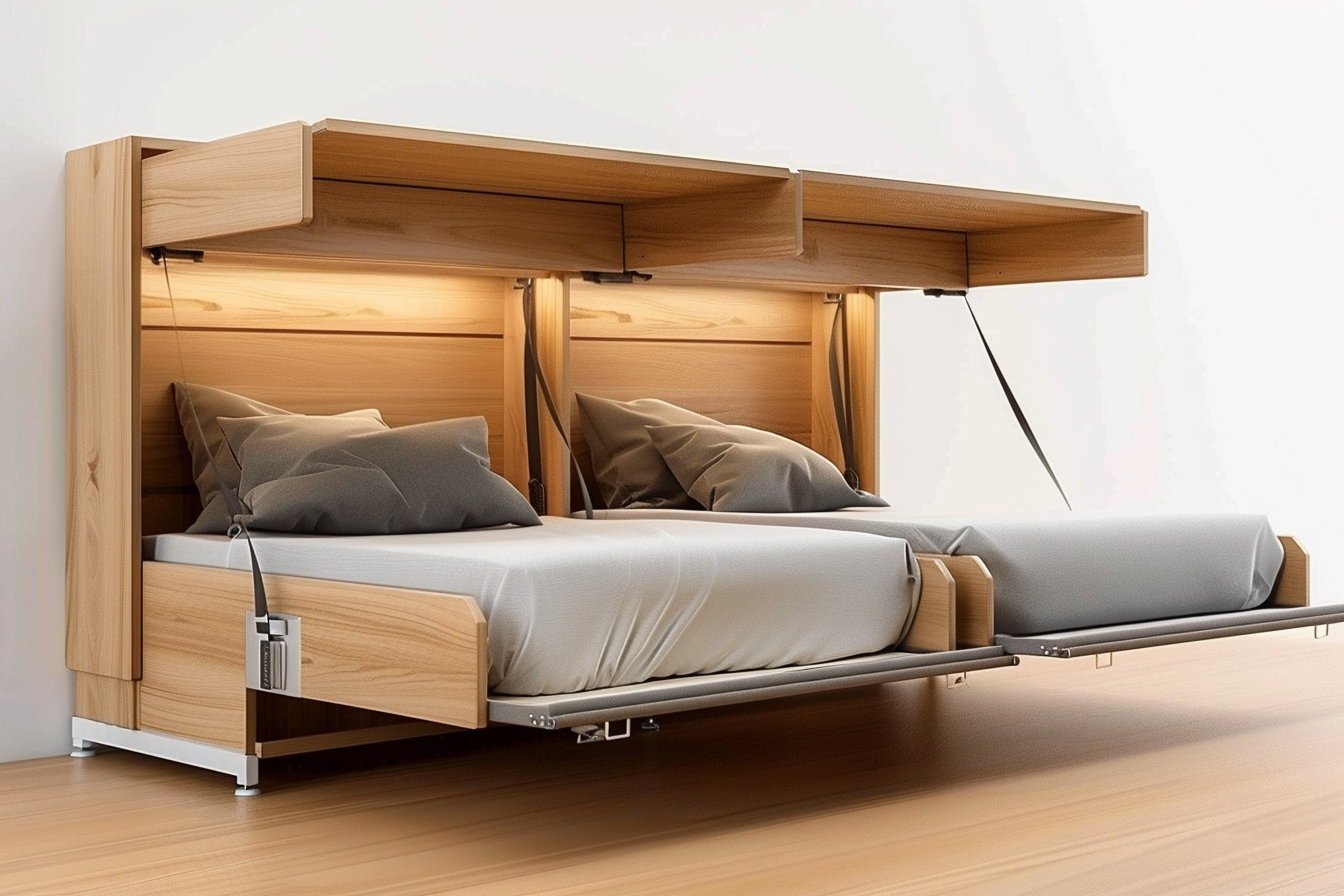Thoughtful Furniture Choices: Creating Comfortable and Functional Spaces
Making informed decisions about furniture involves balancing aesthetics, functionality, and personal needs. Whether furnishing a home or office, understanding design principles, sustainability factors, and investment considerations helps create spaces that truly work for your lifestyle while reflecting your values and supporting long-term comfort.

Creating spaces that genuinely serve your daily needs requires more than simply filling rooms with attractive pieces. Modern furniture selection has evolved beyond basic functionality to encompass environmental responsibility, space optimization, and long-term value considerations that affect both immediate comfort and future satisfaction.
The Shift Toward Smarter More Meaningful Design
Contemporary furniture design emphasizes purposeful elements that serve multiple functions while maintaining aesthetic appeal. Multi-use pieces like storage ottomans, expandable dining tables, and modular seating systems maximize utility in smaller spaces. This approach reflects changing lifestyle patterns where homes serve as offices, entertainment centers, and relaxation spaces simultaneously. Smart design also incorporates technology integration, with furniture featuring built-in charging stations, adjustable lighting, and ergonomic features that adapt to different activities throughout the day.
How to Choose the Right Furniture for Your Space
Selecting appropriate furniture begins with accurate space measurement and understanding traffic flow patterns. Consider ceiling height, natural light sources, and existing architectural elements when evaluating potential pieces. Scale relationships matter significantly - oversized furniture can overwhelm small rooms while undersized pieces may appear lost in larger spaces. Color coordination should complement existing elements rather than compete for attention. Functionality assessment involves identifying specific needs: storage requirements, seating capacity for entertaining, work surface needs, and accessibility considerations for all household members.
Sustainable Furniture Choices
Environmentally conscious furniture selection involves examining materials, manufacturing processes, and product longevity. Solid wood from responsibly managed forests, recycled metals, and low-emission finishes contribute to healthier indoor environments. Vintage and refurbished pieces offer unique character while reducing environmental impact. Local artisans often provide custom solutions using regional materials, supporting community economies while minimizing transportation emissions. Durability assessments help determine whether higher initial costs result in better long-term value through extended use periods and reduced replacement frequency.
Furniture for Homes vs. Workspaces
Home and workspace furniture serve different primary functions requiring distinct selection criteria. Residential pieces prioritize comfort, personal expression, and relaxation, while office furniture emphasizes productivity, ergonomics, and professional appearance. Home offices blur these distinctions, requiring furniture that transitions effectively between work and personal time. Residential spaces accommodate varied activities from family gatherings to quiet reading, demanding flexible arrangements. Commercial spaces must consider durability under heavy use, maintenance requirements, and compliance with accessibility standards while maintaining professional aesthetics.
Cost & Investment Considerations
Furniture investments vary significantly based on quality, materials, and intended use duration. Budget allocation should prioritize frequently used pieces like mattresses, office chairs, and primary seating areas where comfort and durability directly impact daily life. Quality indicators include solid construction methods, reputable materials, and manufacturer warranties that reflect confidence in product longevity.
| Furniture Category | Budget Range | Mid-Range | Premium |
|---|---|---|---|
| Dining Table | $200-500 | $500-1500 | $1500-5000+ |
| Office Chair | $100-300 | $300-800 | $800-2000+ |
| Sofa | $400-1000 | $1000-3000 | $3000-8000+ |
| Bedroom Set | $500-1200 | $1200-3500 | $3500-10000+ |
| Storage Solutions | $150-400 | $400-1000 | $1000-3000+ |
Prices, rates, or cost estimates mentioned in this article are based on the latest available information but may change over time. Independent research is advised before making financial decisions.
Successful furniture selection balances immediate needs with long-term satisfaction through careful consideration of design principles, sustainability factors, and financial planning. Understanding the relationship between quality, cost, and intended use helps create functional spaces that enhance daily life while reflecting personal values and supporting environmental responsibility. Thoughtful choices today contribute to comfortable, efficient spaces that serve evolving needs over time.




